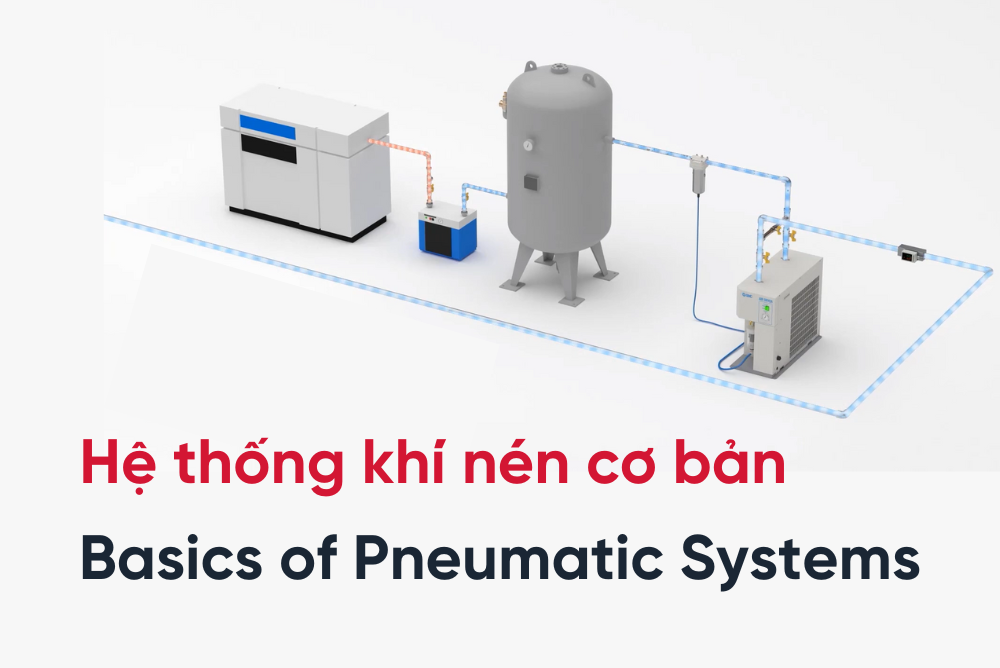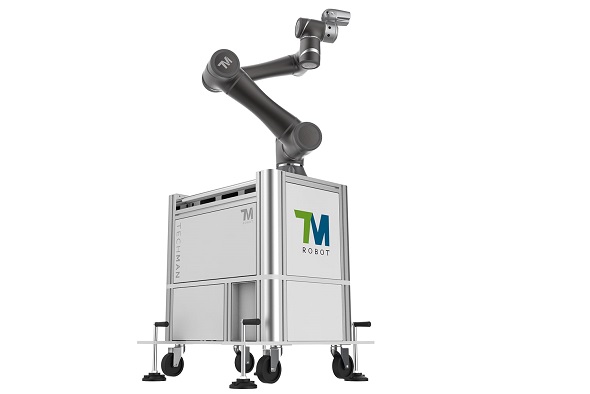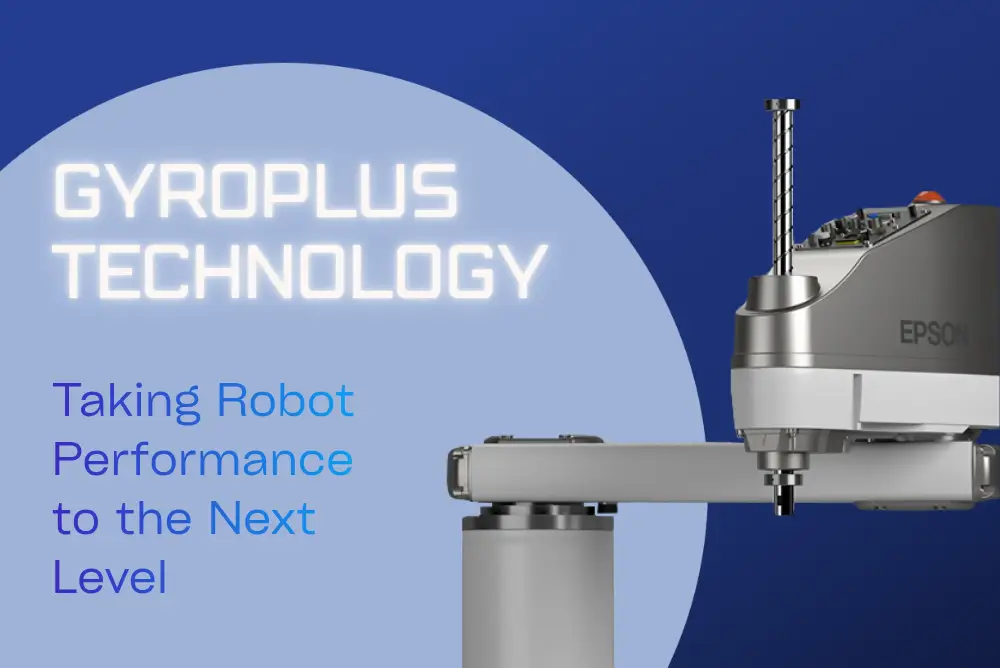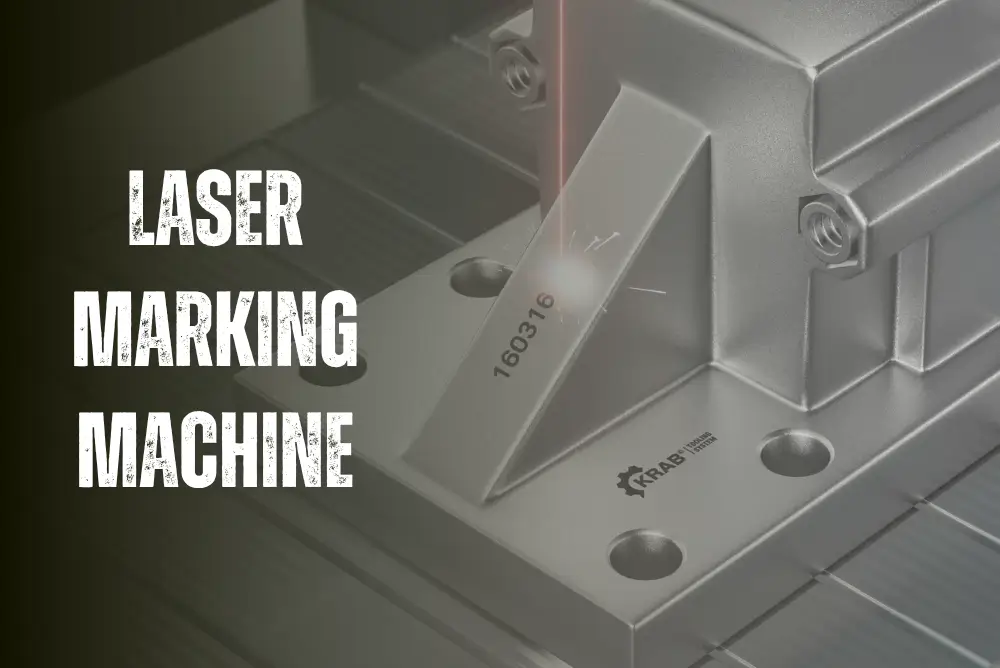As digital transformation accelerates across all manufacturing sectors, the adoption of technologies like AI Vision is no longer just a trend - it has become a necessity for enhancing competitiveness. Especially in factories, integrating AI Vision is ushering in a new era of quality inspection and operational optimization.
Current Challenges in Manufacturing Plants
1. Limitations of Manual Defect Inspection
In modern manufacturing environments, visual inspection by humans reveals many limitations. Tiny defects such as micro-scratches, dimensional deviations, or slight color inconsistencies are difficult to detect with the naked eye. Moreover, workers cannot maintain consistent focus and accuracy over extended periods, leading to higher defect rates and inconsistent product quality.
Manual inspection line
2. Lack of Flexibility and Efficiency in Quality Monitoring
Traditional sensor-based systems operate on fixed logic and lack the ability to learn from data, making it difficult to adapt to diverse products or complex inspection requirements.
What is AI Vision?
1. Definition
AI Vision is the integration of Artificial Intelligence (AI) and machine vision, allowing computers to "see" and analyze visual data to make decisions. It uses deep learning models such as Convolutional Neural Networks (CNNs) to process and interpret images with high accuracy.
2. How Does AI Vision Work?
To build an AI Vision application, experts begin by labeling images, videos, and other visual data with contextual information so that machines (or machine learning models) can extract insights and operate autonomously.
After data labeling, the models continue to learn from these annotations. To maintain long-term accuracy in production, specialists continuously apply new and more precise labels as additional visual data and context become available.
Why Should Vietnamese Factories Adopt AI Vision?
1. High Accuracy
AI Vision systems detect minute defects often missed by humans, improving product quality and reducing the need to recall defective items. This helps meet the strict quality standards of international markets such as the US, Japan, and the EU. According to research from MIT, automated inspection systems can reduce errors by up to 90%.
2. 24/7 Operation
Unlike humans, AI Vision systems operate nonstop, ensuring uninterrupted production. Factories like Samsung have reported over a 30% increase in output after deploying automated inspection systems.
3. Ultra-Fast Inspection Speed
Each product can be inspected in just a few milliseconds, many times faster than manual inspection, making it particularly effective for fast-moving consumer goods (FMCG) industries that require high throughput.
4. Clear Product Traceability
Every product is tracked and recorded through the inspection process, which is critical in tightly regulated industries such as pharmaceuticals and food production.
5. Cost Savings
Early defect detection helps avoid rework or waste, aligning with global sustainability goals and saving manufacturers millions of dollars annually.
6. Real-Time Remote Monitoring
Managers can monitor production lines anytime, anywhere, even remotely, allowing for quicker response to issues.
What is Edge AI?
1. Definition
Edge AI refers to artificial intelligence embedded directly into devices near the production site (edge devices), such as in factories, warehouses, or autonomous machines. Unlike traditional AI, which processes data remotely (on the cloud or in data centers), Edge AI processes data right where it's generated—at the "edge of the network".
Diverse connectivity
Edge AI can run directly on devices like defect inspection cameras, autonomous mobile robots (AMRs), production sensors, or even handheld tools, without needing to send data to a central server. This enables faster response and reduces internet bandwidth usage.
2. How Does Edge AI Work?
To enable machines to "see," recognize objects, control autonomous vehicles, understand speech, or mimic human reasoning, they must be capable of learning and inference, just like human intelligence.
Lifecycle of an edge AI application
AI uses a data structure called a Deep Neural Network (DNN) to replicate human perception. These models are trained on vast datasets — for example, thousands of defective product images to learn how to identify similar defects in real-world settings. Training typically occurs in data centers or cloud platforms where powerful resources and AI engineers are available to configure the models.
Once training is complete, the AI model is deployed to end devices like inspection machines, robots, or sensors in the factory. At this stage, the AI no longer learns but makes real-time decisions — e.g., identifying and removing defective products from the line.
If the system encounters unfamiliar scenarios, it can send that data to the cloud for retraining the original model. Once improved, the updated model is redeployed to the factory devices. This iterative process ensures the AI system becomes increasingly intelligent and accurate.
6 Key Benefits of Edge AI Vision
1. Smarter and More Flexible
Edge AI enables systems to handle complex and unexpected scenarios, far beyond the capabilities of traditional rule-based systems. By learning from real-world data, AI can recognize and respond to novel issues, making it invaluable for analyzing complex signals like camera images, audio, or sensor data.
2. Real-Time Responsiveness
Instead of sending data to the cloud for processing, Edge AI analyzes it locally on the device, enabling instant reactions to production line changes.
3. Reduced Operating Costs
On-site data processing reduces the need for internet transmission, saving bandwidth and network expenses. With Edge AI, you can maintain high performance while optimizing your budget.
4. Enhanced Security and Privacy
Edge AI processes data locally without sending sensitive personal information (images, voices, health data, etc.) to the cloud. Keeping data within the internal system significantly improves security.
5. Continuous Learning and Improvement
Edge AI systems continually learn. When encountering new or unclear data, the system uploads essential information for further learning and model enhancement. The longer it operates, the more accurate and efficient the AI becomes.
Traditional AI Vision vs. Edge AI Vision Comparison
| Criteria | Traditional AI Vision | Edge AI Vision |
| Processing Latency | High (due to server/cloud processing) | Low (on-device processing) |
| Security | Depends on network infrastructure | Safer, more secure |
| Best Suited For | Large factories with private servers | Small to mid-sized factories |
AI Vision Market Forecast (2025–2034)
The global AI-based computer vision market is estimated at USD 22.93 billion in 2024 and is expected to grow from USD 30.22 billion in 2025 to approximately USD 330.42 billion by 2034, with a compound annual growth rate (CAGR) of 30.58% during the 2025–2034 period.
The increasing demand for AI-powered automation across industries is a key driver behind this market growth.
(Source: Precedence Research)
AI Vision Market Forecast (2025–2034)
Choosing the Right AI Vision Solution
Choosing the right solution depends on your plant’s scale, quality requirements, and budget. If you need real-time, on-site processing, Edge AI is the optimal choice for your business. Temas is the official distributor of Mars Tohken (Japan), specializing in AI vision systems. Our experienced engineering team is ready to support and deliver the right solution for your enterprise. Contact us today!
Reference: Momavi AI Vision System – Mars Tohken
Vis-AI Edge (Mars Tohken)
FAQs – Frequently Asked Questions
1. Will AI Vision completely replace humans?
No. It serves as an optimization tool; humans still play a supervisory and fine-tuning role.
2. Is Edge AI suitable for small factories?
Yes. It's a cost-effective, efficient, and easy-to-deploy solution.
3. How long does it take to implement?
It depends on the project, but typically 2–4 weeks for a trial system.
4. Can it classify multiple products on the same line?
Yes. The AI just needs to be trained with properly labeled data.


 Read more
Read more



